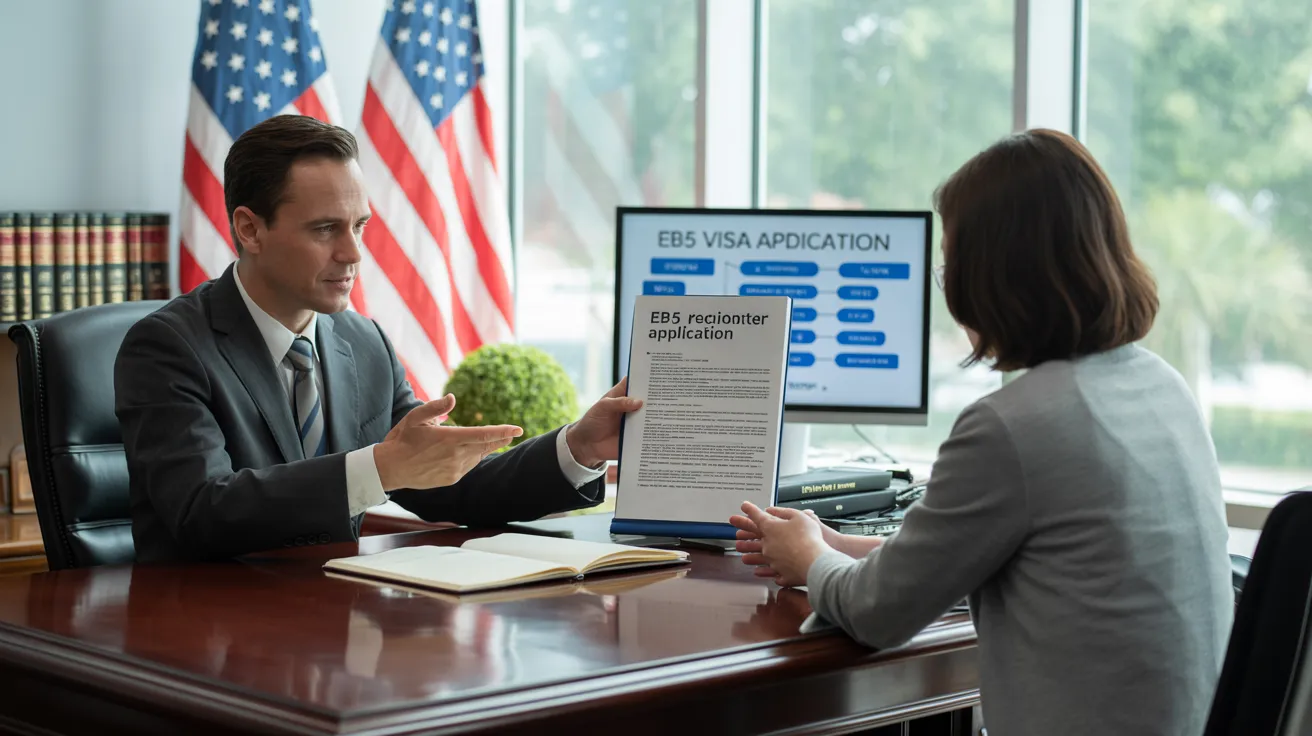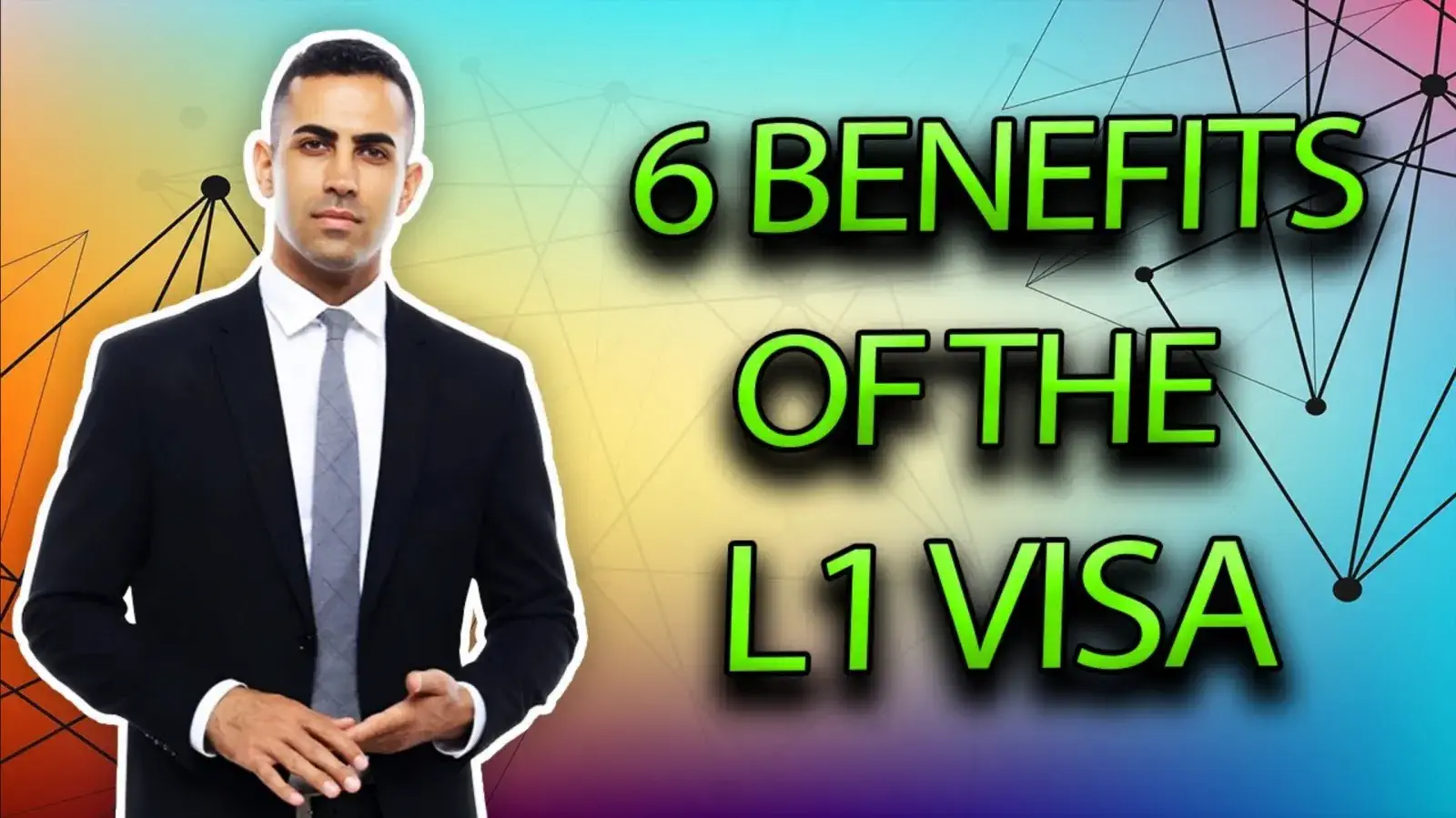L1 Visa Explained
Some Known Details About L1 Visa
Table of ContentsGet This Report about L1 VisaThe Greatest Guide To L1 VisaL1 Visa Can Be Fun For EveryoneL1 Visa Fundamentals ExplainedIndicators on L1 Visa You Need To KnowL1 Visa Can Be Fun For Everyone
Offered from ProQuest Dissertations & Theses International; Social Science Premium Collection. (2074816399). (PDF). Congress. (PDF). DHS Workplace of the Assessor General. (PDF). (PDF). "Nonimmigrant Visa Stats". Recovered 2023-03-26. Department of Homeland Protection Workplace of the Inspector General, "Review of Vulnerabilities and Potential Misuses of the L-1 Visa Program," "A Mainframe-Size Visa Technicality".
United State Department of State. Recovered 22 August 2016. "Employees paid $1.21 an hour to set up Fremont technology business's computers". The Mercury News. 2014-10-22. Recovered 2023-02-08. Costa, Daniel (November 11, 2014). "Obscure short-term visas for international technology employees depress incomes". The Hill. Tamen, Joan Fleischer (August 10, 2013). "Visa Owners Replace Employees".
The 8-Second Trick For L1 Visa
In order to be qualified for the L-1 visa, the foreign company abroad where the Recipient was employed and the U.S. firm should have a qualifying relationship at the time of the transfer. The various sorts of certifying partnerships are: 1. Parent-Subsidiary: The Parent suggests a company, company, or other lawful entity which has subsidiaries that it owns and controls."Subsidiary" suggests a firm, firm, or other lawful entity of which a parent owns, directly or indirectly, greater than 50% of the entity, OR owns less than 50% yet has administration control of the entity.
Business A possesses 100% of the shares of Firm B.Company A is the Moms And Dad and Firm B is a subsidiary. There is a certifying partnership in between the two firms and Company B ought to be able to fund the Recipient.
Company A possesses 40% of Firm B. The remaining 60% is had and controlled by Firm C, which has no relationship to Business A.Since Business A and B do not have a parent-subsidiary partnership, Firm A can not sponsor the Recipient for L-1.
Example 3: Business A is included in the united state and intends to request the Beneficiary. Business B is incorporated in Indonesia and utilizes the Recipient. Company A has 40% of Business B. The remaining 60% is possessed by Firm C, which has no relation to Firm A. Nevertheless, Firm A, by formal agreement, controls and full takes care of Company B.Since Firm An owns much less than 50% of Company B however handles and manages the firm, there is a certifying parent-subsidiary connection and Business A can sponsor the Beneficiary for L-1.
The Greatest Guide To L1 Visa
Associate: An affiliate is 1 of 2 subsidiaries thar are both possessed and regulated by the very same parent or person, or possessed and controlled by the same group of individuals, in essentially the same ratios. a. Example 1: Firm A is incorporated in Ghana and employs the Recipient. Firm B is incorporated in the U.S.
Business C, also included in Ghana, possesses 100% of Business A and 100% of Firm B.Therefore, Business A and Business B are "affiliates" or sister business and a certifying relationship exists between the two companies. Company B need to have the ability to sponsor the Recipient. b. Example 2: Firm A is incorporated in the U.S.
Company A is 60% possessed by Mrs. Smith, 20% had by Mr. Doe, and 20% possessed by Ms. Brown. Company B is incorporated in Colombia and presently uses the Beneficiary. Business B is 65% L1 Visa attorney owned by Mrs. Smith, 15% possessed by Mr. Doe, and 20% possessed by Ms. Brown. Business A and Company B are associates and have a qualifying relationship in 2 various means: Mrs.
The L-1 visa is an employment-based visa group developed by Congress in 1970, permitting multinational firms to move their supervisors, executives, or essential personnel to their U.S. procedures. It is generally referred to as the intracompany transferee visa.

In addition, the beneficiary has to have operated in a supervisory, executive, or specialized staff member placement for one year within the 3 years preceding the L-1A application in the foreign business. For new office applications, foreign work must have been in a managerial or executive ability if the recipient is involving the United States to function as a manager or executive.
How L1 Visa can Save You Time, Stress, and Money.

If approved for an U.S. firm functional for more than one year, the first L-1B visa is for up to 3 years and can be prolonged for an added 2 years (L1 Visa). Conversely, if contact us the U.S. firm is recently established or has actually been operational for much less than one year, the initial L-1B visa is issued for one year, with expansions offered in two-year increments
The L-1 visa is an employment-based visa classification developed by Congress in 1970, enabling multinational companies to move their supervisors, executives, or vital employees to their united state procedures. It is commonly described as the intracompany transferee visa. There are 2 primary kinds of L-1 visas: L-1A and L-1B. These types appropriate for employees employed in different positions within a firm.
L1 Visa - Truths
In addition, the beneficiary must have worked in a supervisory, executive, or specialized employee placement for one year within the three L1 Visa requirements years preceding the L-1A application in the foreign business. For brand-new office applications, international employment should have been in a managerial or executive capability if the beneficiary is involving the USA to function as a supervisor or executive.
for approximately 7 years to manage the operations of the united state associate as an exec or manager. If provided for an U.S. firm that has actually been functional for greater than one year, the L-1A visa is originally provided for as much as three years and can be expanded in two-year increments.
If provided for an U.S. company functional for greater than one year, the first L-1B visa is for up to three years and can be extended for an extra two years. Conversely, if the U.S. firm is recently established or has been operational for less than one year, the first L-1B visa is released for one year, with expansions offered in two-year increments.